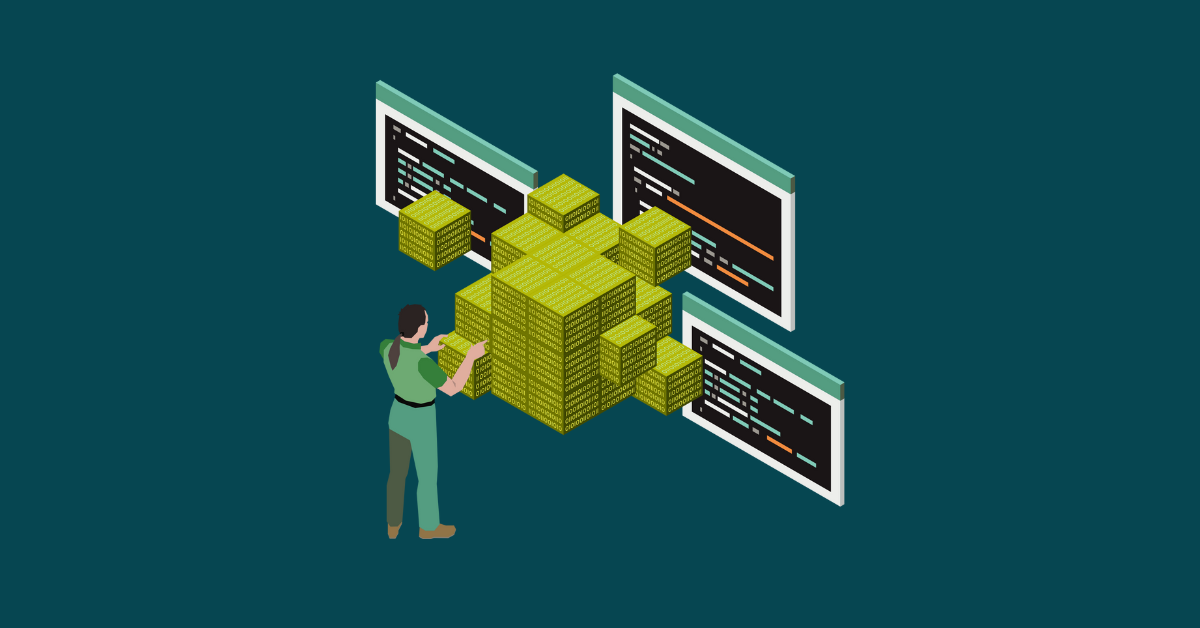

The scope and number of cyber threats facing developers are growing daily. Companies must adopt robust security measures to safeguard their sensitive data and mitigate the risk of breaches.
Static application security testing (SAST) tools empower developers to identify and address security vulnerabilities early in the software development lifecycle. Running SAST scans is an essential step in your security process, which is why it’s so important that you choose a product that is reliable and works well with your tool stack.
SAST tools are software solutions that analyze source code, byte code, or binaries for security vulnerabilities without executing the application. Unlike dynamic testing methods, which require running the software to identify security flaws, SAST tools examine the code and identify potential vulnerabilities, such as SQL injection, cross-site scripting (XSS), and buffer overflows.
By scanning the source code, SAST tools can detect vulnerabilities early in the development process, allowing developers to shift left and save themselves time and money during the development process.

The right static application security testing tools for your development team will match your budget, expertise, workflow, and needs.
The best way to determine if the tools are right for your team is to try them out yourself. Running a free trial will give you a sense of how user-friendly the tools are and how well they work with your other applications. Once you’ve experienced a free trial, you can collect questions from your team to ask the software providers any questions you might have about their product.
Some SAST tools also offer different pricing options for individual or continuous scans. If you’re hesitant about buying a permanent license for the software, you can always purchase a few one-time scans to see it in action.
Kiuwan is a comprehensive SAST solution that has offered advanced static analysis capabilities for identifying security vulnerabilities and code quality issues for more than 20 years. With support for more than 30 major programming languages and seamless integration with popular development tools, Kiuwan helps organizations enhance the security and reliability of their software applications.
Kiuwan’s code scanning tools rank high in G2’s reports due to their ease of implementation, user adoption, short go-live time, and easy setup. G2 recognized our SAST tools for having a high level of user satisfaction.
Kiuwan also offers a wealth of resources to help your development team get started with our software, including webinars, ebooks, and an extensive guide. We also offer add-ons that help manage QA and governance to give you even more control and analysis of your code.
Known as a developer-friendly SAST solution, Snyk integrates well with existing development workflows. It also supports containerized and serverless applications and helps teams identify vulnerabilities in source code and dependencies for proactive risk management. However, unlike other popular code analysis tools, Snyk doesn’t offer support for a wide range of languages.
GitLab provides built-in SAST features as part of its DevSecOps platform, allowing developers to identify and remediate security vulnerabilities within the GitLab CI/CD pipeline. It provides support for a wide range of programming languages and real-time feedback, though it’s only available to developers already using the GitLab platform.
Synopsys provides several SAST tools, including Coverity and Black Duck, which help organizations identify and address security vulnerabilities in their software supply chain. Synopsys has a slightly higher price tag than other options, and its configuration and setup may be challenging for newer developers. Still, it does offer a wide-ranging set of source code analysis tools.
HCL AppScan is a popular option because of its comprehensive SAST tools, which check for security vulnerabilities in web and mobile applications. It supports a wide range of programming languages and frameworks, though your developers may need to undergo slightly more training to get the most out of it.
Checkmarx offers SAST tools prioritizing speed and accuracy in identifying and solving security vulnerabilities. It supports more than 30 languages and has implemented generative AI to build queries and recommend ways to remove vulnerabilities.
A SAST tool designed specifically for mobile application security, NowSecure offers support for both native and hybrid mobile applications. It includes solutions such as continuous monitoring of mobile app stores and rapid pen testing for iOS and Android apps.
DeepSource provides an AI-powered SAST platform that helps developers identify and fix security vulnerabilities, code quality issues, and performance bottlenecks in their codebase. With automated code reviews and actionable insights, DeepSource empowers teams to write better code and deliver more secure software.
Ready to start scanning your code to ensure it’s secure and compliant? Start a free trial of Kiuwan to test it out for yourself.
SAST is best used early in the software development lifecycle, ideally during the coding and integration phases. It helps developers identify and remediate security vulnerabilities before they become embedded in the codebase, reducing the cost and effort of fixing issues later in development.
Several compliance standards and regulations, such as PCI DSS, HIPAA, and GDPR, require organizations to implement security testing practices, including SAST, to protect sensitive data and ensure the integrity of their applications. Compliance with these standards may necessitate the adoption of SAST as part of a comprehensive security program.
Best practices for integrating SAST into the development workflow include:
While SAST tools may introduce some overhead regarding scanning time and analysis, the benefits of early vulnerability detection and improved code quality outweigh the costs. By identifying and fixing security issues early in development, SAST contributes to faster and more efficient software delivery.


